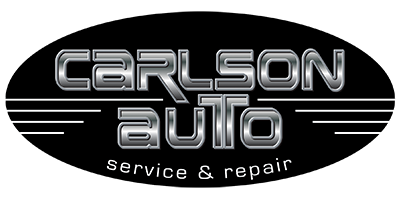
There are several tasks that you should do in order to keep your vehicle operating efficiently. One is to check each and every tire on the vehicle, this even includes the spare tire. If you are unsure of how to check the tires, make sure to bring the vehicle in and we can inspect the tire for you. Checking the inflation is important because you can make sure that the tires rotate properly and efficiently. Regardless of the size of the tires, every tire’s load capacity, durability, traction and handling is dependent on using the right inflation pressure for the application. Since both too little and too much inflation pressure sacrifices some of the tires’ performance, maintaining the right inflation pressure is very important.
The pounds per square inch pressure number branded on the tire’s sidewall identifies the maximum cold inflation pressure that specific tire is rated to hold. However, the tire’s maximum pressure is not necessarily the correct pressure for every vehicle upon which the tire can be used. Therefore when checking and adjusting tire inflation pressures, the right inflation pressures are those provided by the vehicle manufacturer, not the maximum inflation pressure branded on the tire’s sidewall. The vehicle manufacturer’s pressure recommendation can be found on the vehicle’s tire information placard label, as well as in the vehicle owner’s manual. Beginning in 2003, vehicle manufacturers were directed to place tire information placards in a standardized location and follow a common format. The tire information placards identify the Original Equipment tire sizes and inflation pressures, including the spare, along with the vehicle weight capacity. The placard on new vehicles must now be located on the driver’s side doorjamb. If a vehicle does not have it there, then the placard is to be placed on the rear edge of the driver’s door.
Adhering to this vehicle load capacity information is important. For example, our calculations indicate it would be easy to exceed a five passenger SUV’s rated vehicle weight capacity by carrying additional passengers in the vehicle’s rear cargo area and placing all luggage on a rooftop carrier. Additionally, new vehicle owner’s manuals must also address the following five subject areas. This includes tire labeling, recommended tire inflation pressure, glossary of tire terms, tire care, and vehicle load limits. Vehicle manufacturers can also list alternate tire pressures based on load and/or speed in the owner’s manuals. You can also find this information on the placards that are typically found on the driver side door or doorjamb. If you are unsure where it is located, you can bring the vehicle in and we can locate the information for you. Keeping the tires in proper condition can help improve the handling of your vehicle when you drive.
